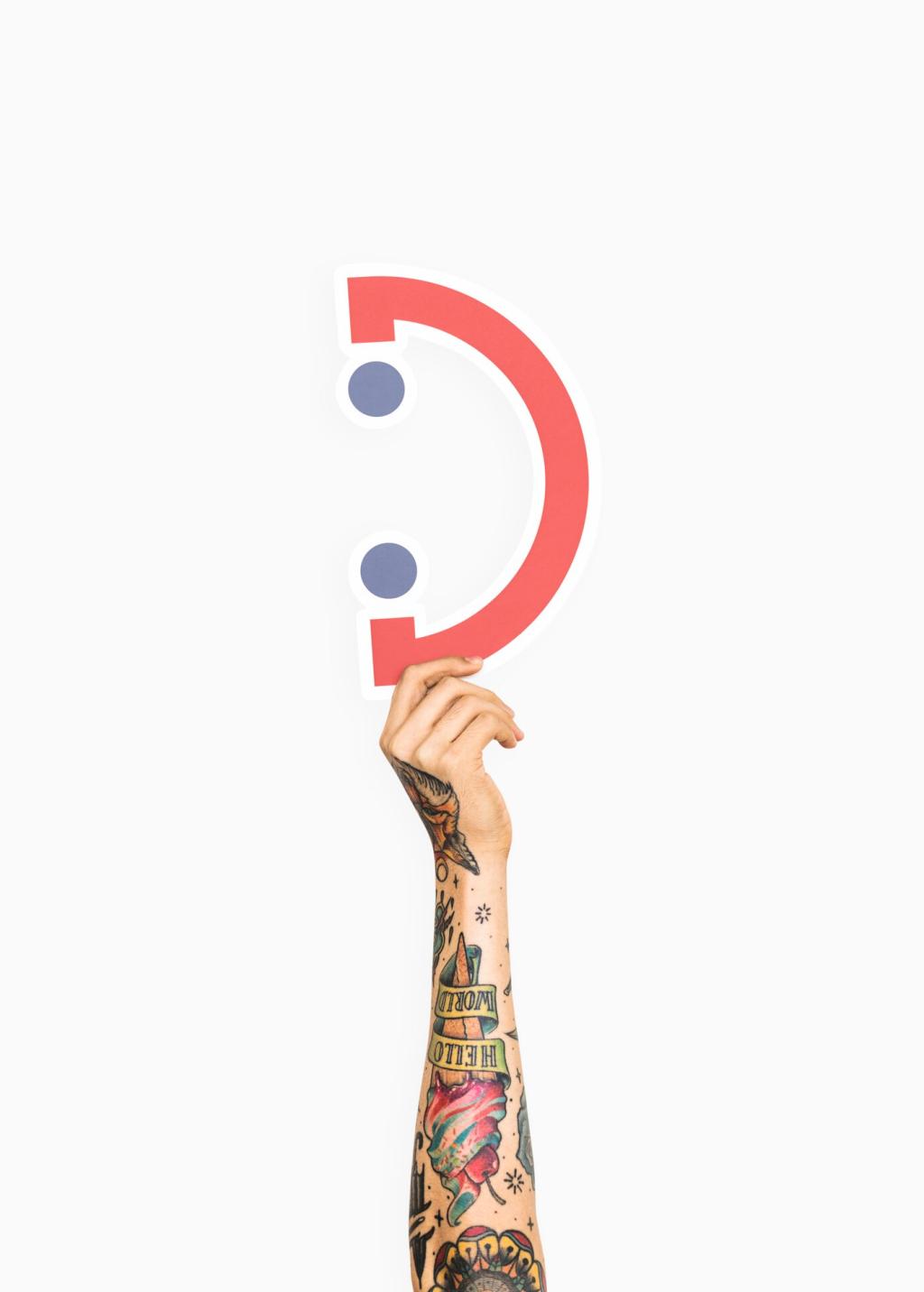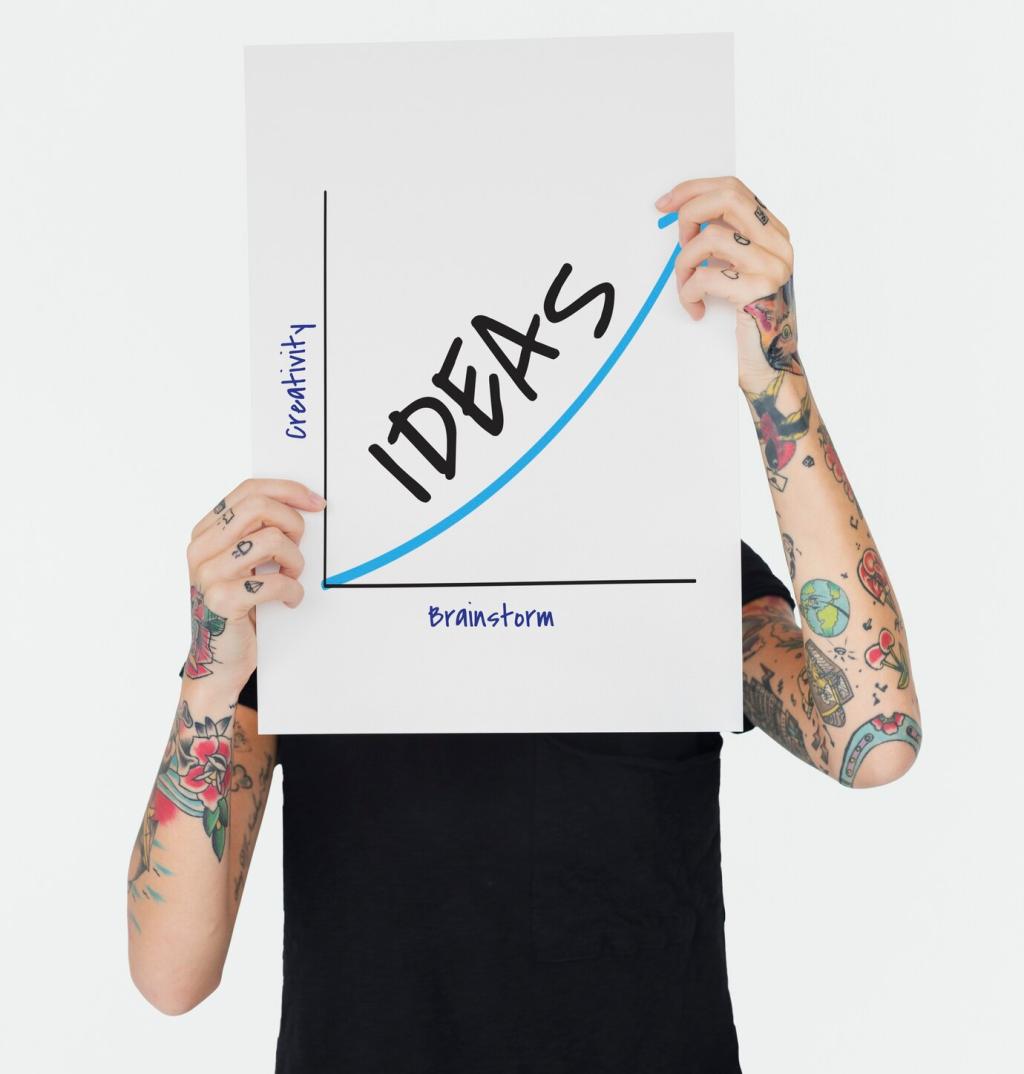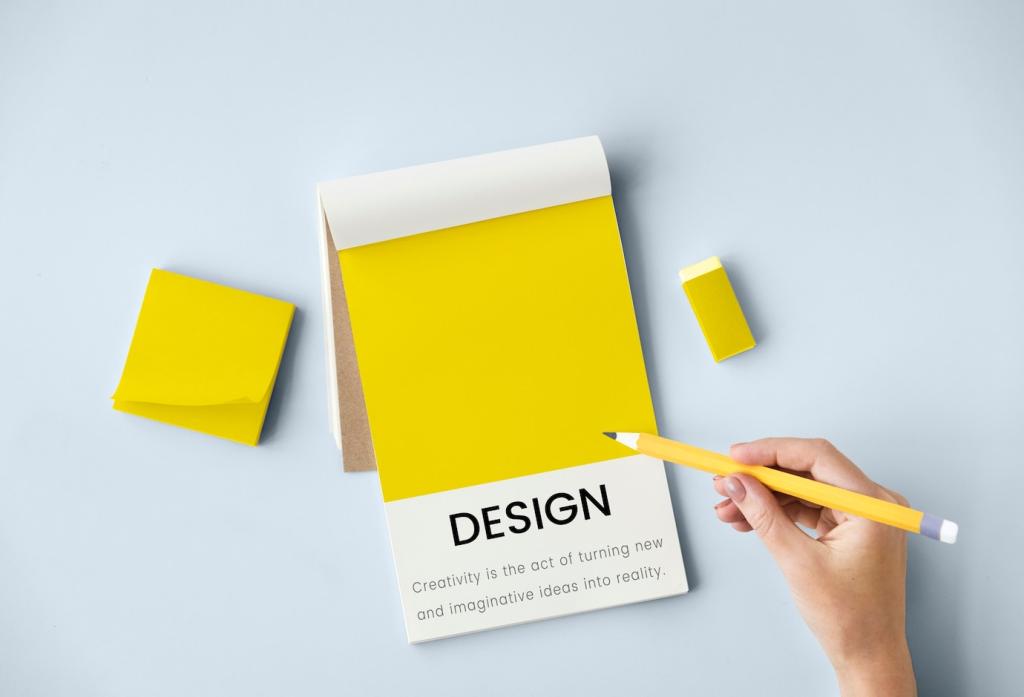
How Color Choice Influences User Experience (UX) Design
Today’s theme: How Color Choice Influences User Experience (UX) Design. Explore how palettes shape perception, emotion, and action, with practical guidance, stories, and experiments you can try. Share your approach in the comments and subscribe for weekly color insights.
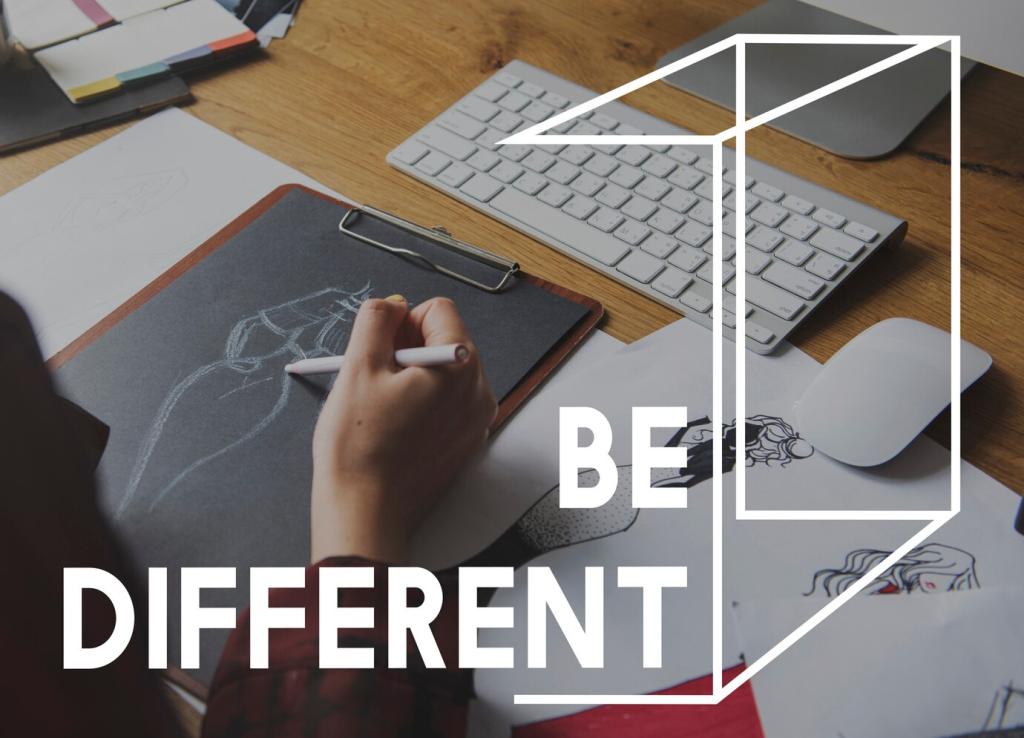

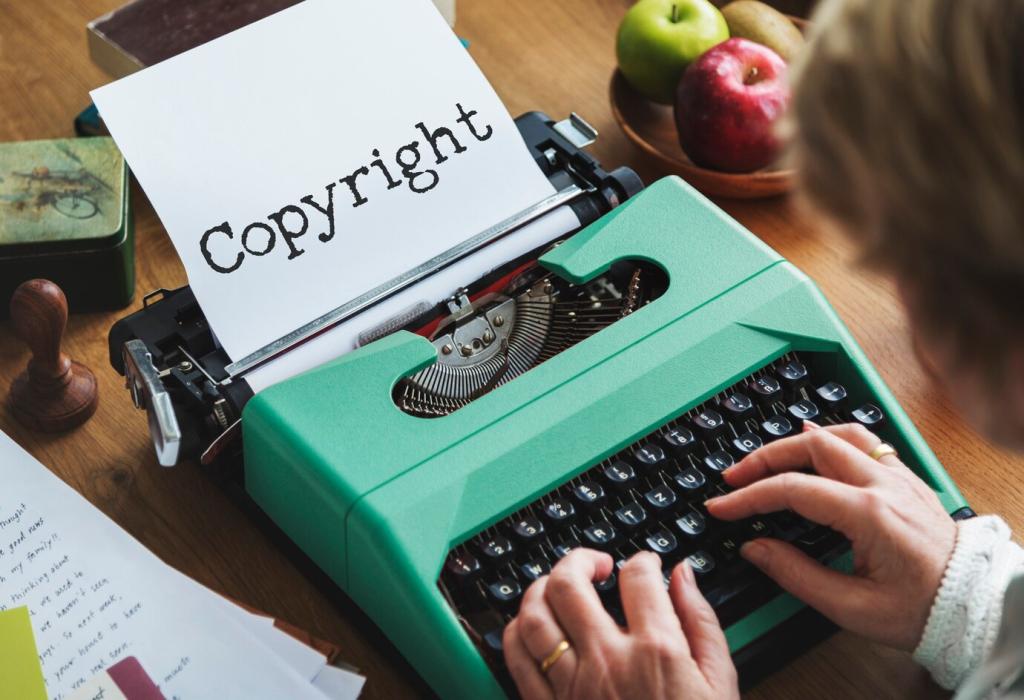
WCAG Contrast Ratios that Actually Matter
Aim for at least 4.5:1 contrast for body text and 3:1 for large text. Test interactive states, hover outlines, and disabled styles. Share your contrast testing workflow so others can learn practical steps.
Designing for Color Vision Deficiency
Never rely on color alone to convey meaning. Pair hues with icons, patterns, and text. Simulate protanopia, deuteranopia, and tritanopia, and invite readers to share tools that make inclusive color checks faster.
Real-World Testing Beats Assumptions
A palette that seems accessible in Figma may fail on a sunlit phone. Test in varied light, device settings, and modes. Encourage beta testers to report tricky screens and celebrate inclusive iterations together.
Driving Action: Color’s Role in Conversion
01
High-Intent CTAs and Visual Priority
Reserve your strongest accent for the primary action, minimizing competition from tertiary elements. Surround CTAs with calm neutrals, and reinforce focus with spacing. Ask readers how they protect CTA priority across complex layouts.
02
Microinteractions, States, and Feedback
Hover, active, success, and error states need distinct yet related colors. Subtle saturation shifts signal progress without shouting. Share your favorite state tokens and how they improved clarity for new users during onboarding.
03
A Quick Case Story: The Azure Button
A startup swapped a muted gray CTA for a vivid azure aligned to brand accents, increasing sign-ups by eighteen percent. The key wasn’t brightness alone, but contrast, whitespace, and consistent secondary action styling.
Naming Palettes with Purpose
Replace ambiguous names like “blue-light” with semantic tokens such as “action-primary” or “text-muted.” Semantic naming decouples color from implementation, easing redesigns and accessibility upgrades without breaking patterns users rely on.
From HSL to Design Tokens
HSL makes systematic shifts predictable: adjust lightness for states, saturation for emphasis, and hue for themes. Export tokens to web, iOS, and Android, keeping parity so experiences remain consistent across platforms.
Developer Handoff Without Surprises
Provide token maps, contrast notes, and examples of do/don’t for overlays, borders, and backgrounds. Encourage engineers to flag rendering issues early. Comment below with handoff templates your teams found most effective.
Dark Mode, Light Mode: Two Palettes, One Experience
Pure black can cause halation and eye strain, while pure white glares. Prefer deep charcoals and soft off-whites, balancing contrast with comfort. Invite readers to share glare-reducing tricks that improved session length.
Dark Mode, Light Mode: Two Palettes, One Experience
Use subtle tonal steps and shadow tints for layered surfaces. In dark mode, reduce saturation to avoid neon glow. Ask your community which elevation tokens best communicate hierarchy without overwhelming content.

